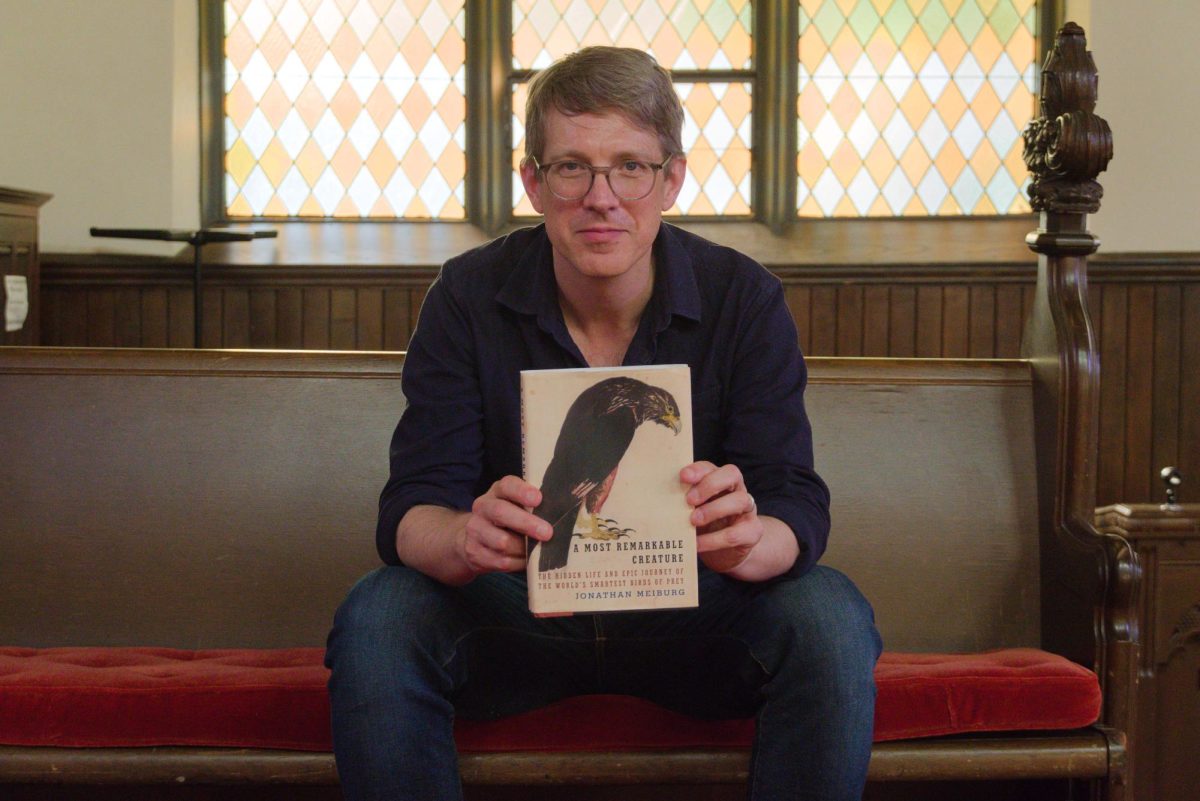Last Tuesday Sept. 21, was International Peace Day. In honor of the occasion, the Peace Studies Program presented “The Day After Peace,” a documentary about the origins of the day and the struggle to found it.
The film follows actor/filmmaker/activist Jeremy Gilley as he tries to establish the annual International Peace Day, a 24-hour worldwide ceasefire every Sept. 21. The movie opens in 1998, when Jeremy and his non-profit organization “Peace One Day” host a sparsely-attended, media-free event at the Globe Theatre in London. Through letter writing, petitioning, traveling and meetings with heads of state, government officials and Non-Governmental Organizations (NGOs), Gilley manages to persuade the United Nations to pass a resolution for Peace Day in 2001. However, this is only a partial victory—UN resolutions are essentially “pretty please with a cherry on top” requests, and consequently the world population ignores the event.
The second half of the movie is devoted to whether or not Jeremy can make the UN resolution a reality. Jeremy is persistent—he writes letters, travels and goes to meetings—but adds some new tricks into the mix. He gets Angelina Jolie and Jude Law to promote Peace Day. After much internal ethical conflict, he accepts funding from Coca-Cola. He focuses his efforts on Afghanistan, figuring if the most violent country in the world can be peaceful for a day, everyone else can be, too.
Finally, in 2006, Gilley gets all 192 member states of the UN to commit to celebrating Peace Day. The Taliban in Afghanistan agrees to stop fighting for the day, and humanitarian organizations are able to vaccinate over 1.4 million children in the country. Cynics lose, Jeremy wins.
“The Day After Peace” is a valuable study of how change actually happens. One might wonder how on earth someone gets 192 member states to commit to an idea, and the movie explores some of the nitty-gritty, unglamorous work behind social progress. In a sense, the movie functions as a sort of inspirational instruction manual.
What was not so inspirational about the film was that it seemed to send the message that the power to make a difference is exclusive. Gilley portrays Jolie and Law as the saviors of the Peace One Day Foundation. Throughout the film, he claims that anyone can save the world, but his connections to people in high places—something the everyday man presumably lacks—are necessary to realize his own goal.
Furthermore, Gilley’s “win” is not as far-reaching as could be hoped. Only five attendees came to the documentary showing last week. This turnout raises a question—is Grinnell’s commitment to social justice more of a myth than a reality?
“Grinnell isn’t hypocritical, but perhaps our concept of social justice and awareness is a bit inflated,” said attendee Umeed Chowdhury ’12.
Peace Studies Panelists Claire Griffith ‘12, Catie Scott ‘11 and Tatiana Golikova ‘11 optimistically stress that like Jeremy Gilley’s Globe Theatre experience at the beginning of the film, this event is something to be built upon. However, without any celebrity knights-in-shining-armor here in Iowa, Grinnellians have a lot of thinking to do about how to implement our values of social progress.



















































Eduardo Mac • Sep 24, 2010 at 2:56 pm
Perhaps it is done in the film but I think credit should go to Johnny Lee Miller who I believe was the one who got Jude Law (Johnny’s BFF) and Angelina Jolie (Johnny’s ex-wife) involved.
Stephanie • Sep 24, 2010 at 12:39 pm
There were definitely more than five people in the audience. Perhaps only five were able to stay through the discussion? I could only stay for the first hour, but I really enjoyed the part of the film that I did see.